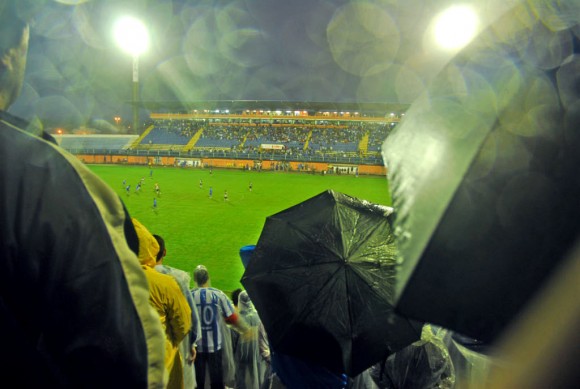On the way to the stadium two way streets are funneled into one direction to cope with volume of traffic – signage and road markings delineating road rules overturned for an event geared around the football seasons. We are in Brazil after all. On the approach to the stadium hustlers try to sell tickets at prices you’ll only be able to confirm are inflated only once you reach the end of the ticket queue. They have a business model based, from the user’s perspective, on misinformation and scarcity. Today however it is raining, tickets are plentiful and there is no queue.
Access to price and availability information is the difference between success and failure for these ticket touts but parallels can be found everywhere, including handset and service design. It’s no surprise that consumers who sign up for a monthly call plan that covers talk-time, messages and data like to make the most of what they have paid for. Without roll-over you lose what you don’t use. But going over pre-set limits often results in disproportionate penalties. Teens and other highly price-sensitive users often make the most of their remaining time by lending or gifting remaining credit amongst their peer group. But for most consumers this level of micro-management takes too much effort.
But why is it too much effort? Accurate information is available and it’s easy to present it in a format that users’ understand. The answer is of course quite simple – when time is money, timely information is king.
The broader design questions are – who stands to gain from providing what information or misinformation to whom? How does the power of whom has timely access to information shift by the widespread availability of personal and convenient communication devices?
What services are enabled by that shift?

